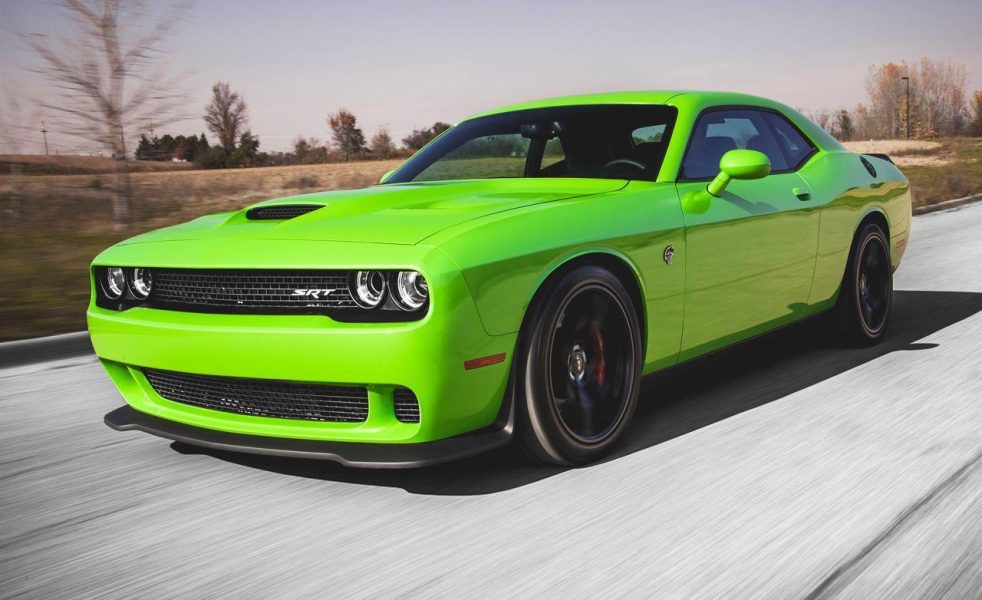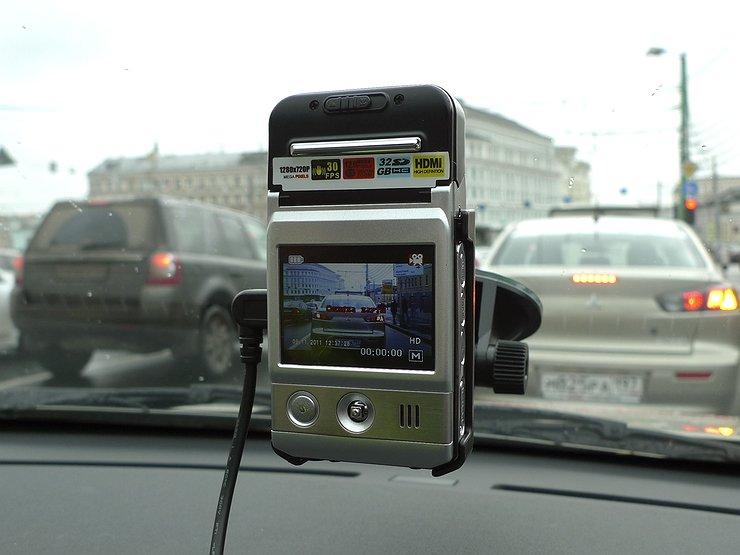
Overview Dodge Challenger SRT Hellcat 2015
The Dukes of Hazzard would never have been caught if they had one of them.
Meet the Dodge Challenger SRT Hellcat, a two-door muscle car styled after the iconic Charger from the 1970s that became a small-screen star thanks to two moonshiner racers who had a habit of tossing their car into the air during countless escapes.
The term "Hellcat" might seem redundant, or that the marketing managers got a little carried away.
It's as cool as a car
But to be honest, it's not crazy enough to describe what's under the hood of this monster, which so far only comes to Australia through private importers and processors.
Even if you’re not a rev head you need to understand the phenomenal power that Dodge has managed to extract from this vehicle, if only for the fact it may come in handy on a pub trivia night.
It has 707 horsepower in old money, or 527 kW in modern terms, and an incredible 881 lb-ft of torque from its supercharged 6.2-liter V8 engine, the first supercharged Chemie in company history.
Talk about making an entrance. That’s more power than a V8 Supercar on the grid at Bathurst. Yet this car has licence plates.
Dodge also surpasses the previous US muscle car champion Ford Mustang Shelby GT500 (662 hp or 493 kW).
And, as much as it pains me to report it, the Hellcat is giving Australia's fastest and most powerful car of all time, the HSV GTS (576 hp).
Yes, it's about as cool as a car can be. It rumbles when you start the engine if you have inserted the correct key.
The sound of the engine and exhaust is mesmerizing
The Dodge Challenger SRT Hellcat is so powerful that it has two keys: one "limits" power to 500 hp.
In addition, the center screen display has personalized driving modes that allow you to customize the red line (or shift points) for each of the six manual gears, throttle response and suspension softness.
DRIVING
Behind the wheel, it feels surreal as you see the modern design and dashboard layout, even though the exterior is a step back in time.
Accordingly, the driving experience is a mixture of new and old. It feels like someone did a great job putting modern gears and brakes (the biggest ever on a Dodge or Chrysler product) on an old 1970s charger.
But first you have to adjust your senses to the power. It is next to impossible to get a clean getaway if you deploy the slightest hint of urgency, at least until the super-sticky Pirelli tyres warm up.
The Hellcat seems to skim over the top of the concrete pavement during our test drive around Los Angeles, rather than connect with it.
The six-speed manual transmission has heavy action, as does the clutch. But at least the gap between shifts gives you a moment to collect your thoughts and provide a flash of calm in what is more accurately described as mayhem rather than acceleration.
The Dodge Hellcat is almost too fast for your senses to comprehend, once you’ve found grip in the tyres and the traction system limits any slip.
Cornering grip is surprisingly impressive. It's fair to say that Dodges (and American muscle cars in general) aren't known for their superb handling, but the engineers who managed to tame the Hellcat and make it brake, hook and steer with a certain amount of precision deserve a medal.
The suspension is too firm in «race» mode but in the normal setting it’s more than liveable.
Dodge has invented a time machine
The sound from the engine and exhaust is breathtaking (think a V8 supercar but with road-legal decibels) and forces you to brake just so you can get back to the speed limit with all the noise pollution you can muster.
I do not like? It's hard to see from the damn thing. But honestly, you won't be looking in the rearview mirror much in one of these. Or park it very often. The ride is too fun.
The overall driving experience is agricultural by European automotive standards. But I suspect that's exactly what muscle car buyers in the US want. Besides, what else do you expect for $60,000 (heaps of money in the US, but a deal in Australia considering the HSV GTS is $95,000).
The biggest tragedy, however, is that there are currently no plans to make one of these factory gate right hand drive.
Note to Dodge: Ford and Holden have been out of the high-performance V8 sedans market for a few years now, and I believe one of them will line up with buyers. Australian sports car buyers didn't know what hit them.

